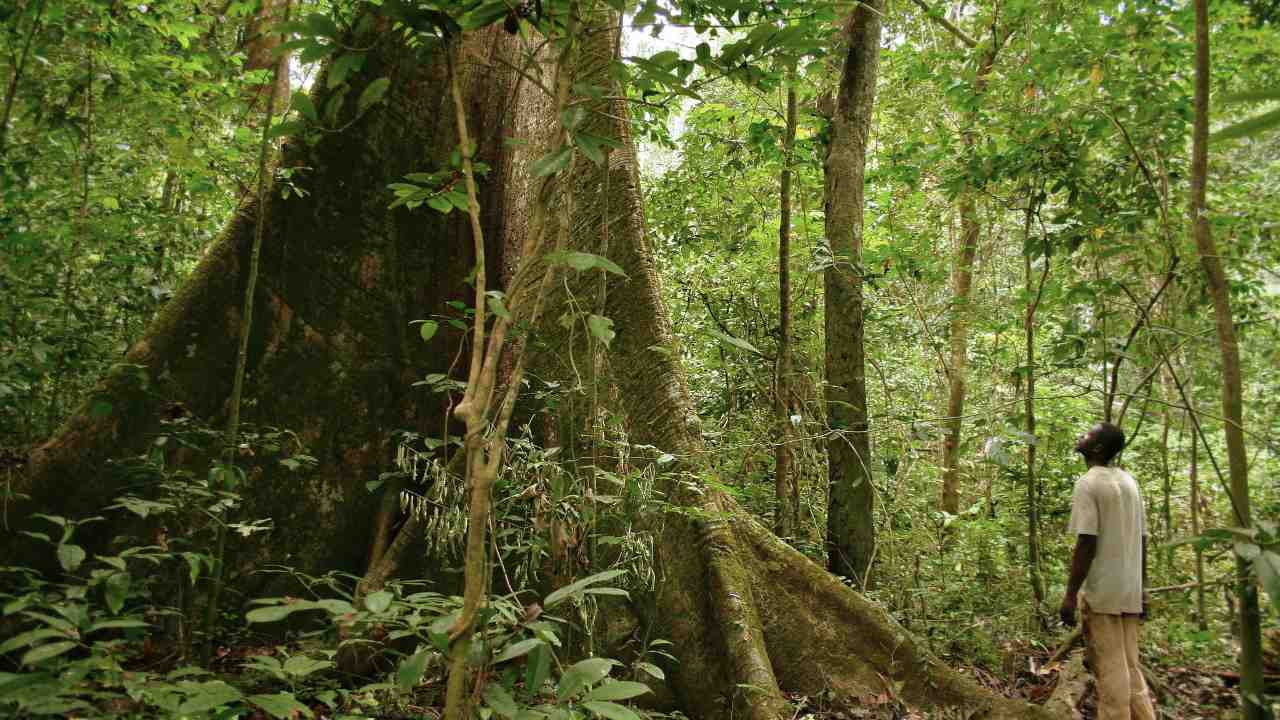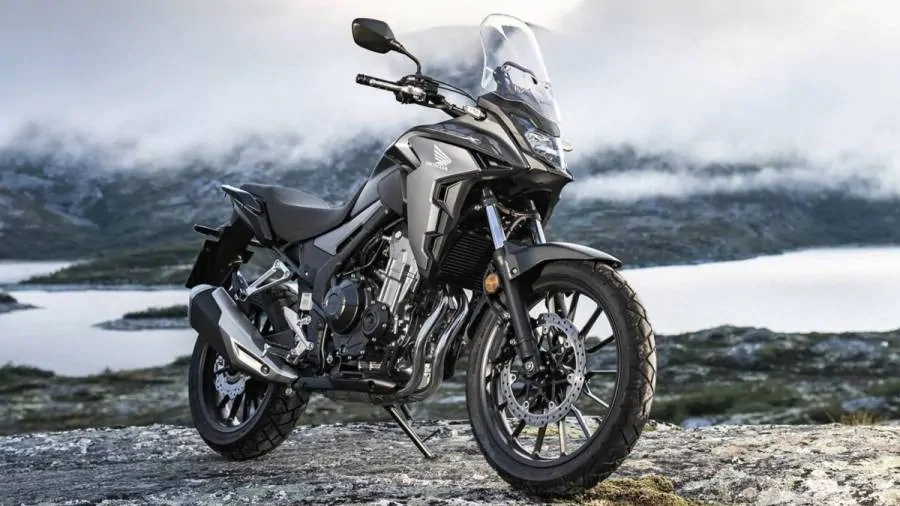Agence France-PresseSep 08, 2021 12:02:33 IST
How much is a tree worth when its roots are in the ground and its leaves are helping suck carbon from the air? Answer: in most places, far less than the dollar value of its wood.
The value we put on nature is the subject of a motion at the IUCN World Conservation Congress in Marseille.

From Brazil to Indonesia, trees are felled to make way for agriculture. But the picture is different in Gabon, which preserved its forest system that covers nearly 90 percent of its territory and spreads out across the Congo Basin. Image credit: Flickr/Axel Rouvin
A trailblazing partnership attracting particular attention is just getting off the ground in the rainforest of Central Africa, which absorbs tons of CO2 — the gas responsible for climate change.
At the end of June, Gabon received $17 million from the Central African Forest Initiative (Cafi), which was launched in 2015 by the UN to bring together Central African countries and international donors.
“If a tree is standing it’s worth nothing, if you cut it down it’s worth something, but that’s useless for the planet,” said Carlos Manuel Rodriguez, Costa Rica’s former environment minister who now heads the Global Environment Facility, a specialised funding organisation.
“Without Gabon, there won’t be rain in Africa. Without the Congo Basin forest we will never, never, achieve 1.5 degrees Celsius,” he said referring to one of the ambitions outlined in the Paris climate deal.
No real alternative
Saving the world’s rainforests is an “extremely ambitious goal”, said Bard Vegar Solhjell, Director of the Norwegian Development Agency (Norad), which is funding the Gabonese operation.
“But we have no real alternative if we want to avoid catastrophic climate change,” said Solhjell, Norway’s former environment minister.
Norad is spending hundreds of millions of dollars on programmes to fight deforestation in several areas of the world.
From Brazil to Indonesia, trees are felled at an industrial scale largely to make way for the expanding footprint of agriculture.
But the picture is different in Gabon, which has preserved its section of a forest system that covers nearly 90 percent of its territory and spreads out across the Congo Basin.
In this region, protection of forests is inextricably linked to the fight against poverty, said Solhjell.
Local people rely on slash-and-burn farming and cutting trees for firewood.
According to Cafi, Gabon’s forests absorb 140 million tons of CO2 every year and emit about 30 million.
They also house 60 percent of the remaining population of critically endangered forest elephants.
The country has agreed to combat illegal logging and reduce forest degradation.
The June payment was part of a much larger fund available for the country, which can claim payments for emission reductions.
Virtuous cycle
Flore Koumba Pambo, scientific adviser at the Gabon National Parks Agency, said the funding would help fuel other projects, such as the Ivindo National Park, which has just been named a UNESCO World Heritage Site.
She hopes it is the start of a “virtuous cycle”, adding: “We are very proud of this recognition.”
For Rodriguez, the Gabon partnership is a testing ground and possible blueprint for other initiatives.
It is also “a great opportunity to talk about carbon pricing” — a thorny issue that will be discussed at crunch UN climate talks in Glasgow.
The donors say transparency is a crucial part of the process, as is evaluation.
“We’ve also invested a lot in building up civil society, we have seen how important working with that side is,” said Solhjell.
In terms of assessing the value of natural services and supporting developing countries to preserve natural heritage, he said the Gabon project had clear benefits.
“We are actually paying for the services Gabon is doing to the region and the world,” he said.










